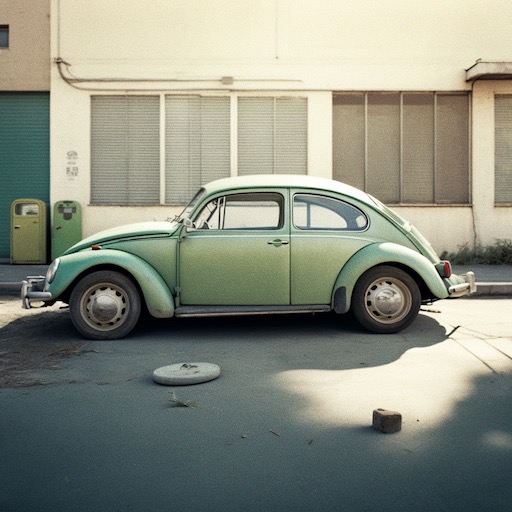
1. Introduction
The world of vintage cars is a realm of dreams, where memories of the past merge with the artistry of engineering and design. It is a place where man and machine unite, creating a tapestry of history, culture, and nostalgia. For the collector and the enthusiast, the lure of these exquisite automobiles goes beyond their mere physical appearance, transcending into a passion for preserving a piece of history.
1.1. The Allure of Vintage Cars Vintage cars possess a unique charm and elegance that modern vehicles often lack. They are the embodiment of an era gone by, showcasing the craftsmanship, innovation, and aesthetic sensibilities of their time. These timeless masterpieces of automotive design transport us back to the days when the simple act of driving was an adventure, and the open road beckoned with endless possibilities.
The allure of vintage cars is not merely a matter of aesthetics or mechanical intrigue. It is the stories that they carry with them, of their creators and the people who have loved and cared for them over the years. Each car has a tale to tell, of the world it was born in, and the world it has traversed. Collecting vintage cars is not just an act of acquisition, but a journey into the past.
1.2. The Growth of Vintage Car Collecting As the years have passed, the appreciation for vintage cars has grown, spreading across continents and cultures. A diverse community of collectors, enthusiasts, and admirers has emerged, drawn together by their shared love for these magnificent machines. From local car clubs to international concours d’elegance events, the world of vintage car collecting has expanded, encompassing a vibrant and passionate global network.
This growth is fueled not only by the innate beauty and history of vintage cars but also by the recognition of their value as investments. As the rarity and desirability of certain models have increased, so too have their prices, making vintage car collecting an attractive and potentially lucrative pursuit for many.
1.3. Importance of Preserving Automotive History In an age where the automobile has become an indispensable part of our lives, it is essential to remember and celebrate the history that has shaped it. Vintage cars offer a glimpse into the evolution of automotive technology, design, and culture. They are living testaments to the achievements and aspirations of generations past, as well as the dreams and desires that continue to drive us forward.
Preserving and showcasing vintage cars is not merely a hobby, but a responsibility – a commitment to ensuring that the stories of these vehicles are not lost to time, and that the beauty and ingenuity of their creation are appreciated by generations to come. Through the art of collecting, restoring, and exhibiting vintage cars, we pay tribute to our automotive heritage and the people who have brought it to life.
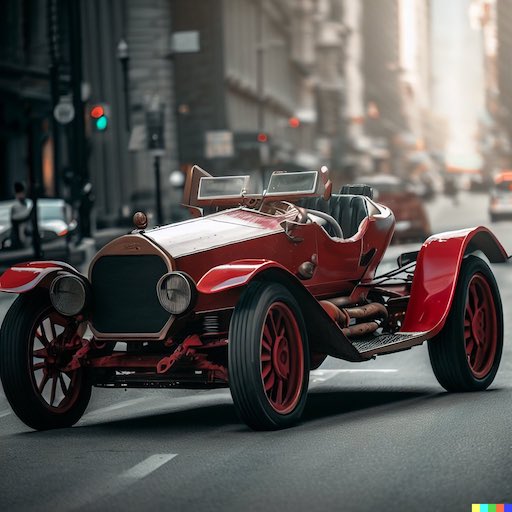
2. The Vintage Car Collector’s Journey
Embarking on the journey of vintage car collecting is an adventure filled with excitement, discovery, and passion. Whether you are a seasoned collector or a newcomer, there is always something new to learn and experience. It is a pursuit that requires dedication, knowledge, and patience, but the rewards are immense – the thrill of uncovering a hidden gem, the satisfaction of restoring a classic to its former glory, and the pride of preserving a piece of automotive history.
2.1. Building a Vintage Car Collection
2.1.1. Identifying Your Interests and Preferences
The first step in building a vintage car collection is to identify your interests and preferences. Consider the types of vehicles that resonate with you, whether it is a specific make, model, era, or country of origin. Reflect on what draws you to these cars – their design, engineering, history, or rarity – and use this as a guide to focus your collection.
2.1.2. Researching the Market and Setting a Budget
Once you have a clear vision of the types of vehicles you want to collect, it is essential to research the market and set a realistic budget. Familiarize yourself with the values and trends of your chosen cars, and be prepared to adjust your expectations based on your financial resources. Remember that acquiring a vintage car is just the beginning – restoration, maintenance, and storage can also be significant expenses.
2.1.3. Networking with Other Collectors and Joining Clubs
Building relationships with fellow collectors, enthusiasts, and experts is a crucial aspect of vintage car collecting. Join local and international clubs, attend events and gatherings, and engage in online forums and social media platforms. By immersing yourself in the community, you will gain valuable insights, advice, and connections that can help you grow your collection and enhance your experience.
2.1.4. Buying and Selling at Auctions, Car Shows, and Online Platforms
As you expand your network and deepen your knowledge, you will discover various avenues for buying and selling vintage cars. Auctions, car shows, and online platforms all offer unique opportunities for acquiring and trading vehicles. Each venue has its own dynamics and nuances, so it is essential to familiarize yourself with the processes and best practices to ensure a successful transaction.
2.2. Special Considerations for International Collectors
For collectors based outside of their desired vehicles’ country of origin, additional considerations come into play. Import and export regulations, taxes, and shipping logistics can all impact the feasibility and cost of acquiring a vintage car. It is crucial to research these factors and work with trusted professionals to navigate the complexities of international vintage car collecting.
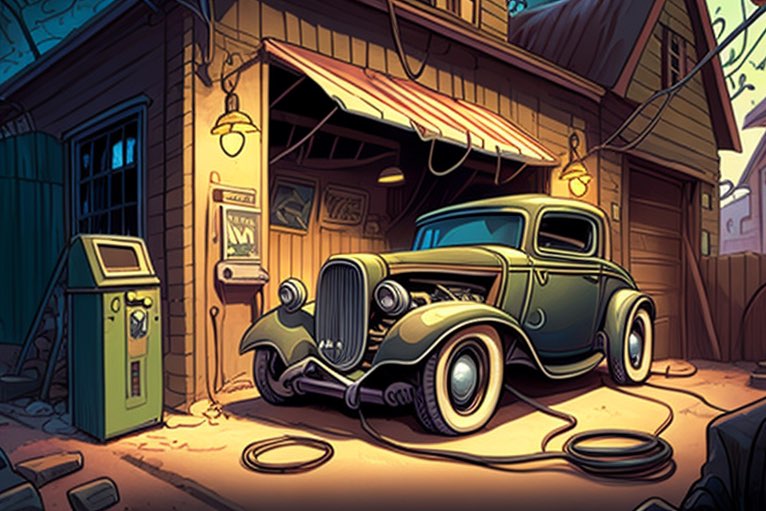
3. Preservation and Restoration
The essence of vintage car collecting lies in the preservation and restoration of these timeless treasures. Bringing a classic vehicle back to life or maintaining its original condition requires a combination of skill, knowledge, and passion. It is a labor of love, a commitment to honoring the craftsmanship and history of the automobile, and a testament to the dedication of the collector.
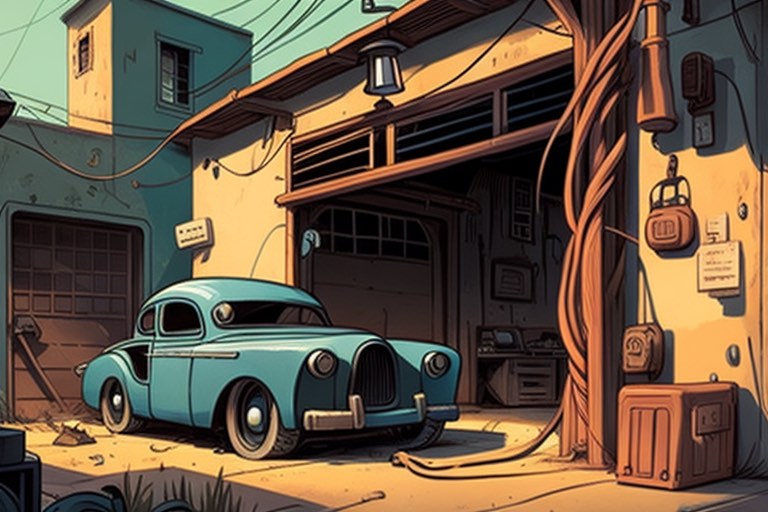
3.1. The Importance of Preserving Originality
When it comes to vintage cars, originality is highly valued. Vehicles that have retained their original components, finishes, and features often command a premium in the collector’s market. Preserving originality not only enhances the car’s value but also helps to maintain its historical authenticity. As a collector, it is essential to strike a balance between restoration and preservation, ensuring that the vehicle’s original character and spirit remain intact.
3.2. Assessing a Car’s Condition and Determining Restoration Needs
Before embarking on a restoration project, it is crucial to assess the car’s current condition and determine the extent of work required. This process involves a thorough inspection of the vehicle’s mechanical, electrical, and structural components, as well as its interior and exterior finishes. Based on this evaluation, a restoration plan can be developed, outlining the necessary repairs, replacements, and refinishing tasks.
3.3. Finding Reputable Restoration Services and Specialists
A successful restoration hinges on the expertise and skill of the professionals involved. It is essential to seek out reputable restoration services and specialists with experience working on vintage cars, particularly those of your chosen make and model. Take the time to research and interview potential candidates, review their previous work, and gather recommendations from fellow collectors and enthusiasts.
3.4. DIY Restoration: Tools, Skills, and Resources
For some collectors, the challenge of restoring a vintage car is part of the appeal. If you choose to undertake a DIY restoration, it is important to equip yourself with the right tools, skills, and resources. Invest in quality tools and equipment, enroll in workshops and courses to learn the necessary techniques, and seek guidance from experienced restorers and experts. Remember that patience and perseverance are key ingredients in a successful DIY restoration.
3.5. Preventive Maintenance and Care for Vintage Cars
Once a vintage car has been restored or preserved, ongoing maintenance and care are essential to ensure its longevity and performance. Regular inspections, fluid checks, and component adjustments will help to prevent potential issues and keep the vehicle running smoothly. Additionally, proper storage and protection from the elements are vital to preserving the car’s appearance and value.
4. Showcasing Your Collection
Sharing your passion for vintage cars with others is a rewarding and enjoyable aspect of collecting. Showcasing your vehicles not only allows you to share their beauty and history with fellow enthusiasts but also helps to promote the preservation and appreciation of automotive heritage.
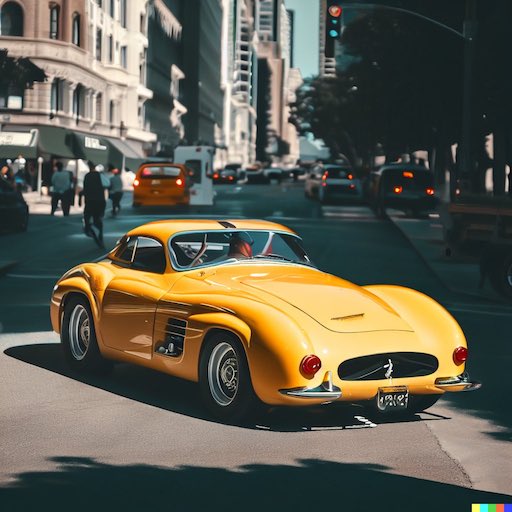
4.1. Preparing Your Car for a Show or Event
When preparing your vintage car for a show or event, attention to detail is paramount. Ensure that the vehicle is thoroughly cleaned, polished, and detailed, both inside and out. Pay close attention to the engine bay, wheels, and undercarriage, as these areas can be focal points for judges and spectators. It is also essential to ensure that all mechanical and electrical systems are functioning correctly and that the car is roadworthy if required.
4.2. Participating in Car Shows, Rallies, and Concours d’Elegance
There is a wide range of events and gatherings where vintage car collectors can showcase their vehicles. Car shows, rallies, and concours d’elegance events cater to different interests, from casual gatherings of local enthusiasts to prestigious international competitions. Research and select the events that best align with your goals and the character of your collection.
4.3. Creating a Personal Showroom or Museum
For some collectors, creating a personal showroom or museum is the ultimate way to display and enjoy their vintage cars. This dedicated space can be designed to reflect the collector’s unique tastes and preferences, incorporating elements that highlight the vehicles’ history, provenance, and significance. A personal showroom or museum not only provides a secure and controlled environment for your collection but also offers a private sanctuary for you to immerse yourself in your passion.
4.4. Sharing Your Collection with the Public: Benefits and Considerations
Opening your collection to the public can be a fulfilling and gratifying experience. Sharing the stories and history of your vehicles can inspire and educate others, fostering a deeper appreciation for vintage cars and their cultural significance. However, opening your collection to the public also entails certain responsibilities and risks, such as security, insurance, and maintenance. Carefully weigh the benefits and considerations before deciding to share your collection with a wider audience.
4.5. Using Social Media and Online Platforms to Showcase Your Collection
In the digital age, social media and online platforms offer powerful tools for showcasing your vintage car collection. Creating a website, blog, or social media profile dedicated to your vehicles allows you to share photos, stories, and updates with a global audience. Engaging with fellow collectors and enthusiasts online can also provide valuable networking opportunities and foster a sense of community around your shared passion.
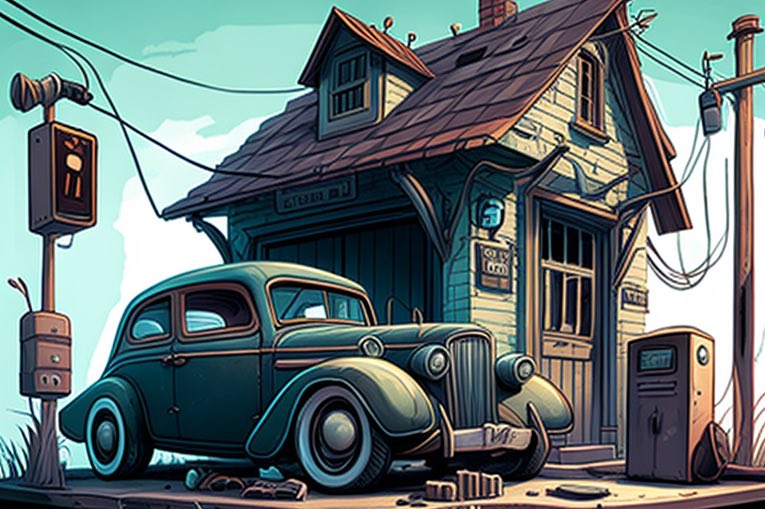
5. Investing in Vintage Cars
For many collectors, the world of vintage cars represents not only a passion but also an investment opportunity. As certain models become rarer and more sought after, their value can appreciate significantly. However, investing in vintage cars is not without risks, and it requires a deep understanding of the market and its dynamics.
5.1. Understanding the Vintage Car Market
The vintage car market is complex and ever-changing, influenced by factors such as rarity, provenance, condition, and desirability. To succeed as an investor, it is crucial to stay informed about market trends and fluctuations, as well as the factors that drive them. This includes monitoring auction results, following industry news, and engaging with fellow collectors and experts.
5.2. Factors Affecting the Value of Vintage Cars
Numerous factors can impact the value of a vintage car, including:
Rarity: Limited production numbers or unique features can significantly increase a car’s desirability and value. Provenance: A vehicle with a rich history or association with a notable individual or event can command a premium. Condition: The condition of a vintage car, including its originality, level of restoration, and overall presentation, plays a significant role in determining its value. Market Trends: The value of vintage cars can be influenced by broader market trends, such as changing tastes, demographics, and economic conditions.
5.3. Trends in Vintage Car Investment
Investment trends in the vintage car market can shift over time, as collectors’ preferences evolve and new generations enter the hobby. Some trends that have emerged in recent years include:
The rise of “youngtimer” vehicles: Cars from the 1980s and 1990s have gained popularity among younger collectors, who are drawn to their nostalgic appeal and modern features. Interest in rare and limited-production models: Collectors are increasingly seeking out vehicles with unique features, limited production runs, or significant provenance. The impact of technology: Advances in technology, such as electric and autonomous vehicles, have sparked interest in early examples of these innovations.
5.4. Managing Risks and Maximizing Returns
Like any investment, vintage car collecting carries inherent risks. To manage these risks and maximize returns, consider the following strategies:
Diversify your portfolio: By collecting a range of vehicles from different eras, countries, and manufacturers, you can spread your risk and potentially capitalize on different market trends.
Focus on quality: Investing in well-maintained, high-quality examples of desirable models can help to protect your investment and ensure long-term appreciation.
Stay informed: Keeping abreast of market trends, news, and developments will enable you to make informed decisions and capitalize on investment opportunities.
Remember that vintage car collecting should be driven primarily by passion, with investment potential as a secondary consideration. The true value of these vehicles lies not only in their monetary worth but also in the pleasure and fulfillment they bring to those who cherish and preserve them.

6. Giving Back to the Community
As a vintage car collector, you have the unique opportunity to contribute to the preservation and appreciation of automotive history. By giving back to the community, you can help to ensure that future generations can experience the magic of these remarkable machines and the stories they carry with them.
6.1. Supporting Car Clubs and Organizations
Car clubs and organizations play a vital role in promoting the hobby and fostering connections among collectors and enthusiasts. By supporting these groups through membership, sponsorship, or donations, you can help to sustain their activities and enhance their impact on the community.
6.2. Volunteering at Events and Museums
Volunteering your time and expertise at car shows, rallies, museums, or other automotive events is another way to give back to the community. This involvement not only enriches the experiences of attendees but also allows you to share your passion and knowledge with others.
6.3. Mentoring and Educating the Next Generation
As an experienced collector, you have a wealth of knowledge and insights to share with the next generation of enthusiasts. By mentoring young collectors, providing educational resources, or participating in youth-focused initiatives, you can help to inspire and cultivate the future caretakers of automotive history.
6.4. Promoting Automotive Heritage Preservation
Preserving our automotive heritage is a collective responsibility that extends beyond individual collectors. Advocate for the importance of vintage car preservation by supporting initiatives that promote the conservation, restoration, and appreciation of historic vehicles. This might include lobbying for legislation that protects vintage cars, providing financial support to preservation projects, or participating in public awareness campaigns.
6.5. Charitable Giving and Philanthropy
Many collectors choose to use their passion and resources to support charitable causes, either within the automotive community or more broadly. Donating a portion of your collection’s proceeds, sponsoring fundraising events, or establishing a philanthropic foundation are just a few ways that you can make a positive impact and share the joy of vintage cars with those in need.
Through these and other acts of giving, you can play a meaningful role in nurturing and strengthening the vintage car community, ensuring that the legacy of these extraordinary vehicles endures for generations to come.
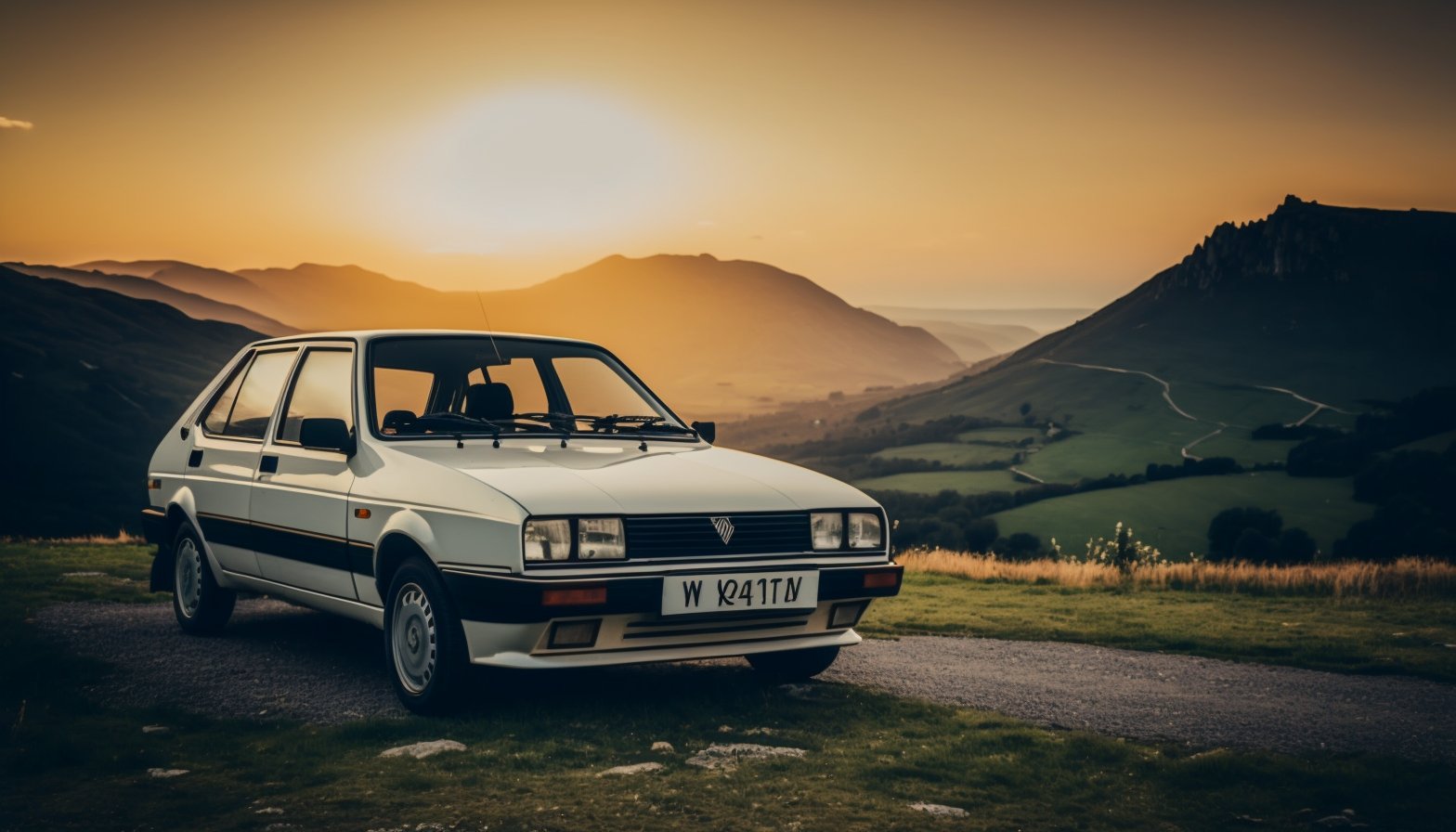
7. The Future of Vintage Car Collecting
The world of vintage car collecting is constantly evolving, influenced by technological advancements, shifting demographics, and changing collector preferences. As we look to the future, several trends and developments are poised to shape the hobby and its community.
7.1. The Impact of Electric and Autonomous Vehicles on Vintage Car Collecting
The rise of electric and autonomous vehicles presents both challenges and opportunities for vintage car collectors. While some enthusiasts may view these innovations as a threat to traditional automotive heritage, others see them as an opportunity to explore new avenues of collecting and preservation. Early examples of electric and autonomous vehicles may themselves become future classics, and as the technology becomes more widespread, collectors may seek to retrofit vintage cars with modern powertrains, preserving their aesthetic appeal while embracing sustainability and innovation.
7.2. The Role of Younger Generations in Preserving Automotive Heritage
As younger generations become more involved in vintage car collecting, the hobby is likely to undergo a significant transformation. These new collectors may bring fresh perspectives, interests, and preferences, reshaping the market and the vehicles that are considered desirable. By engaging and educating younger enthusiasts, veteran collectors can help to ensure the preservation and appreciation of automotive heritage for generations to come.
7.3. The Evolving Vintage Car Market and Collector Preferences
The vintage car market is always in flux, with collector preferences and tastes changing over time. Recent trends, such as the growing interest in “youngtimers” and limited-production models, reflect the evolving tastes of collectors and the dynamic nature of the market. Staying informed about these trends and adapting to shifting preferences will be essential for collectors looking to thrive in the future of vintage car collecting.
As the future unfolds, the world of vintage car collecting will continue to evolve and adapt to the changing landscape. By embracing new technologies, engaging younger generations, and staying attuned to market trends, collectors can ensure that the rich history and beauty of these remarkable machines endure for years to come.

8. Conclusion
Vintage cars hold a special place in the hearts of collectors and enthusiasts, representing not only technological marvels but also timeless works of art and snapshots of history. As we look back on the rich legacy of automotive innovation and craftsmanship, it becomes clear that preserving and celebrating our past is a vital endeavor.
The enduring appeal of vintage cars lies in their unique ability to transport us to a bygone era, evoking memories and emotions that transcend the passage of time. These vehicles embody the spirit of human ingenuity and the pursuit of excellence, offering a tangible connection to the stories and milestones that have shaped our world.
The importance of preserving and celebrating our automotive heritage cannot be overstated. By investing in the restoration, preservation, and showcasing of vintage cars, we honor the visionaries and craftsmen who brought these machines to life, and we ensure that future generations can experience their beauty and significance firsthand.
The joy and satisfaction of vintage car collecting and showcasing are multifaceted, encompassing the thrill of discovery, the pride of ownership, and the camaraderie of a shared passion. For those who embark on this journey, the rewards are immeasurable, transcending the material value of the vehicles themselves and touching on something deeper and more profound.
As we continue to navigate the ever-changing landscape of vintage car collecting, let us remember the timeless allure of these extraordinary machines and the important role they play in preserving and celebrating our rich automotive past. Through our passion and dedication, we can ensure that the legacy of vintage cars endures and thrives for generations to come.